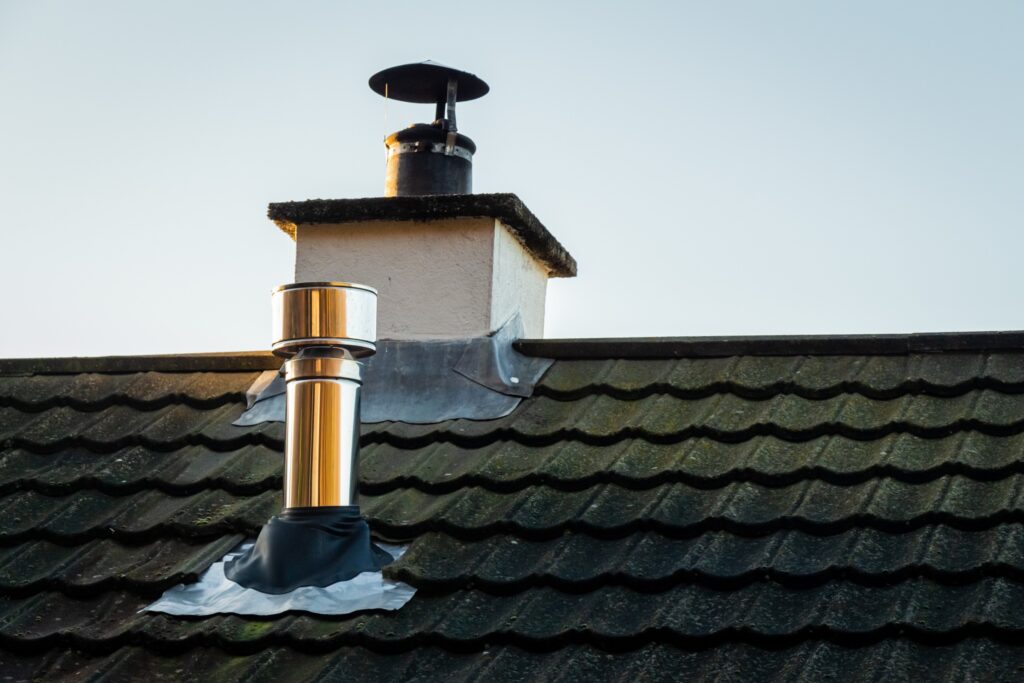A chimney is an indispensable element of any dwelling that boasts a fireplace or wood-burning stove. Its primary function is to expel detrimental gases and smoke from the hearth out of the house, rendering it a fundamental safety feature. Chimneys are available in various sizes, shapes, and materials, but their construction typically comprises several components that collaborate to build a functional and secure system. In this article, we will delve deeper into the composition of a chimney and the constituents that constitute it.
Foundation
Construction of a chimney usually commences with a foundation. The foundation acts as the base of the chimney and is intended to sustain the weight of the structure and maintain its stability. It is generally composed of concrete or masonry and adheres to the same specifications as the foundation of the house. The foundation is essential to ensure the chimney stays upright and does not tilt or sway over time.
Chimney Stack
The chimney stack is the section of the chimney that extends beyond the roofline.

Is your chimney built right?
Typically, it is composed of masonry, such as stone or brick, and constructed around a flue. The flue, which is a pipe that runs through the chimney, is responsible for evacuating smoke and other gases out of the house.
The chimney stack is built by superimposing masonry units on top of one another using mortar. The mortar acts as an adhesive and secures the masonry units together, generating a robust structure. The chimney stack must be erected to the appropriate height to guarantee that the gases are dispelled from the house, mitigating health hazards.
Flue Liner
The flue liner is an indispensable component of a chimney. It is a pipe that lines the flue and shields the chimney from the corrosive effects of smoke and other gases. Flue liners can be made of various materials, including metal, clay, or concrete.
Clay flue liners are the most common type and are constructed of fire-resistant clay tiles. Metal flue liners are typically composed of stainless steel and employed for chimneys that burn oil or gas. Concrete flue liners are employed for larger chimneys and commercial applications.
The flue liner must be of the appropriate size to function efficiently. A flue liner that is too small will not be capable of dispensing the gases out of the house effectively, while a flue liner that is too large will cause the gases to cool too rapidly, causing creosote buildup.
Chimney Cap
The chimney cap is a lid that rests on the top of the chimney stack. Its primary objective is to deter rainwater and debris from infiltrating the chimney. The chimney cap also helps to prevent animals from nesting inside the chimney.
The chimney cap is generally composed of metal and fitted on top of the chimney stack. It can be a simple flat cover or a more intricate design, such as a peaked roof. The chimney cap must be the appropriate size for the chimney stack to ensure that it fits snugly and does not dislodge during high winds.
Flashing
Flashing is the material that seals the gap between the chimney stack and the roof. Flashing is usually made of metal, such as copper or aluminum, and fitted to prevent water from entering the house.
To install flashing, a layer of roofing felt is first laid down, followed by a layer of metal flashing. The flashing is then concealed with shingles or other roofing materials to establish a watertight seal. Flashing must be installed correctly to avoid leaks and water damage to the house.
